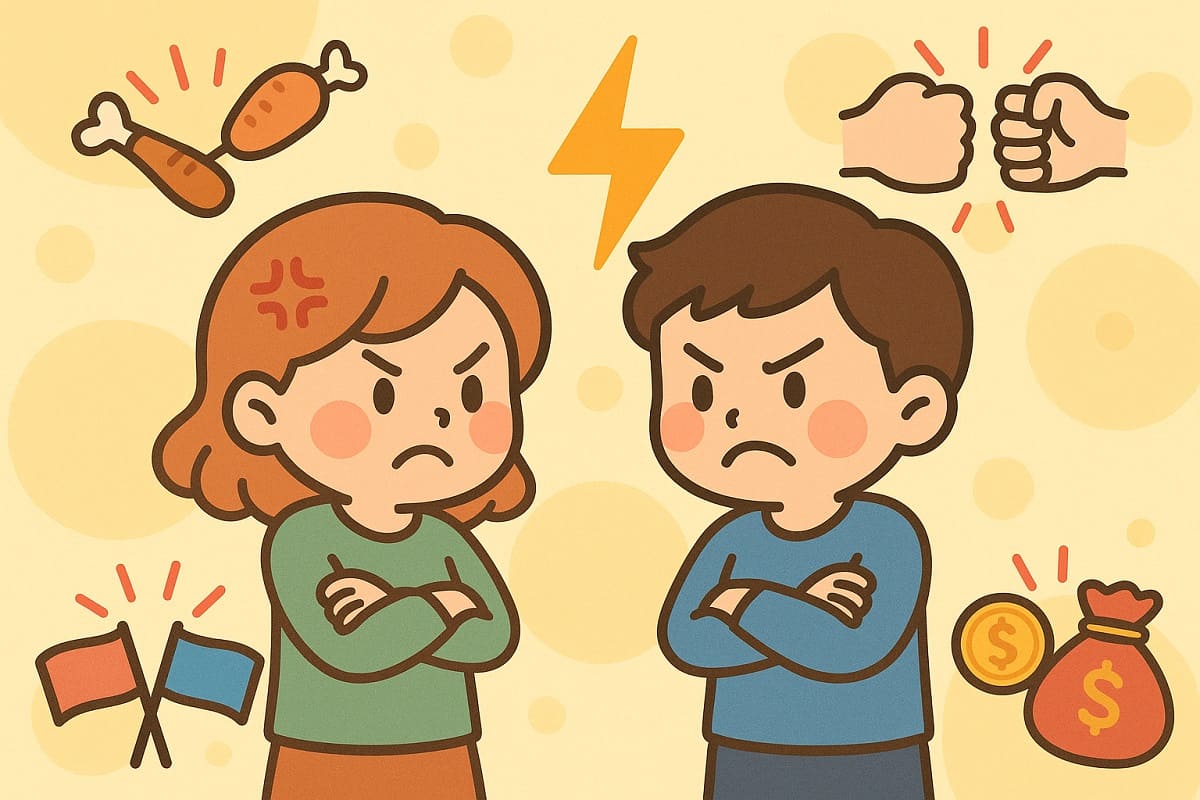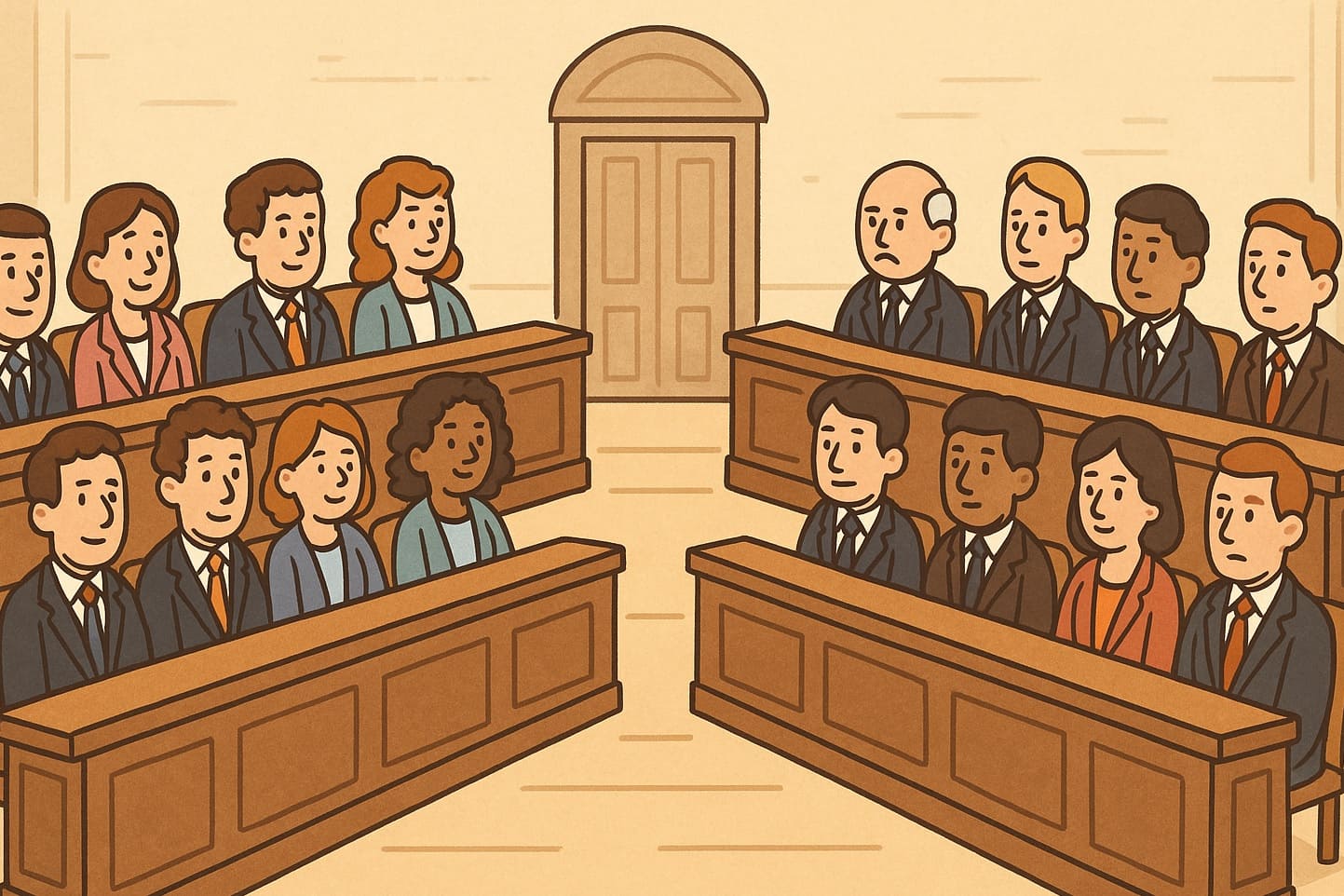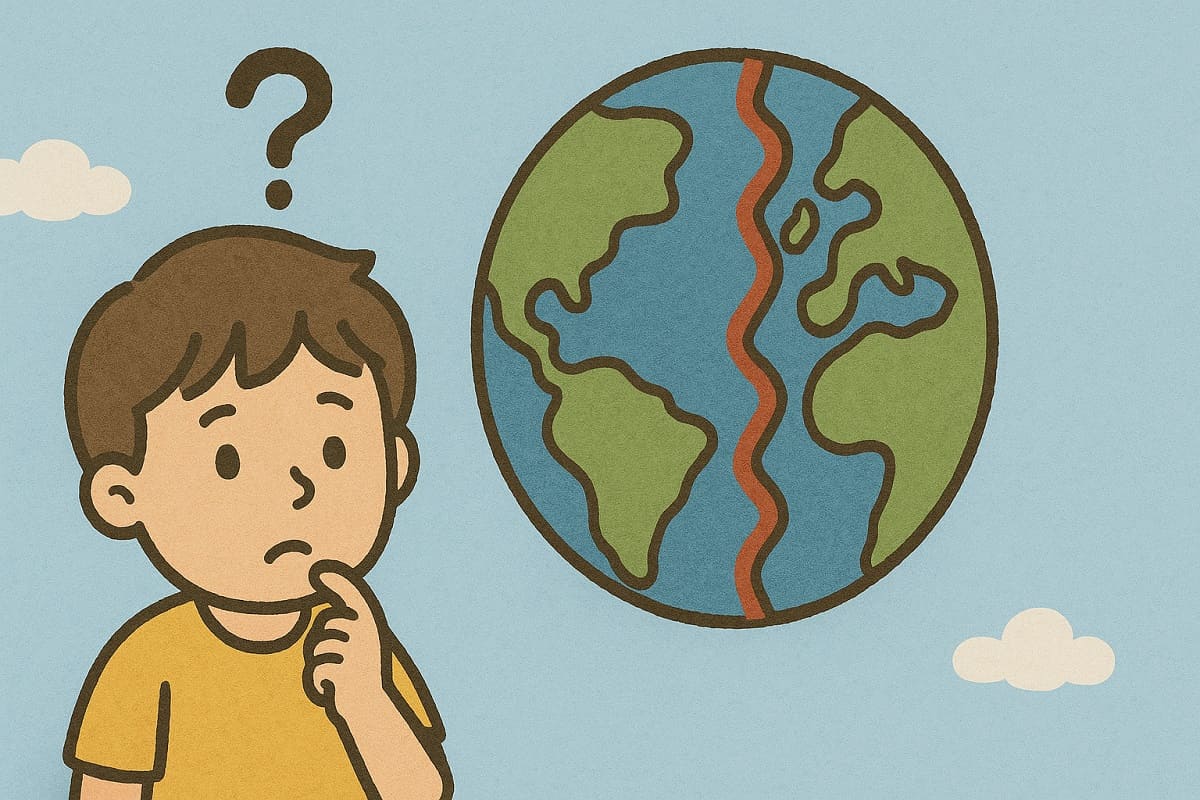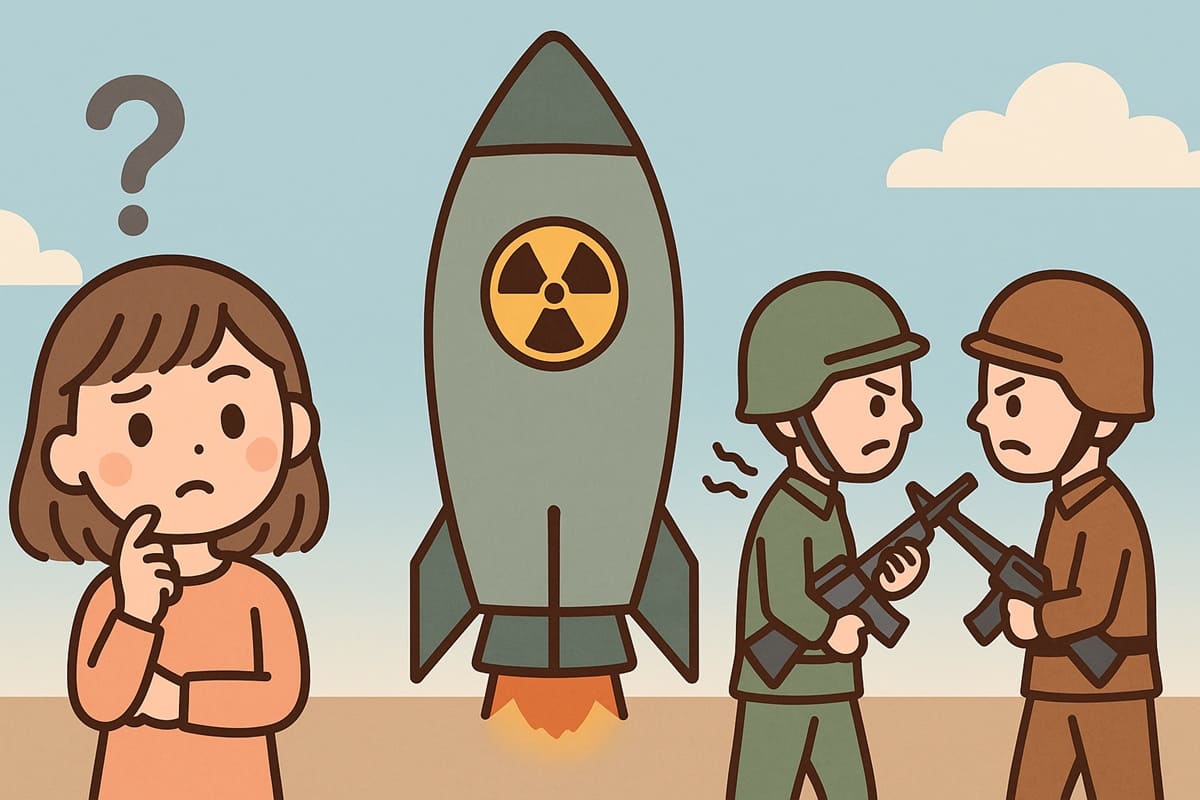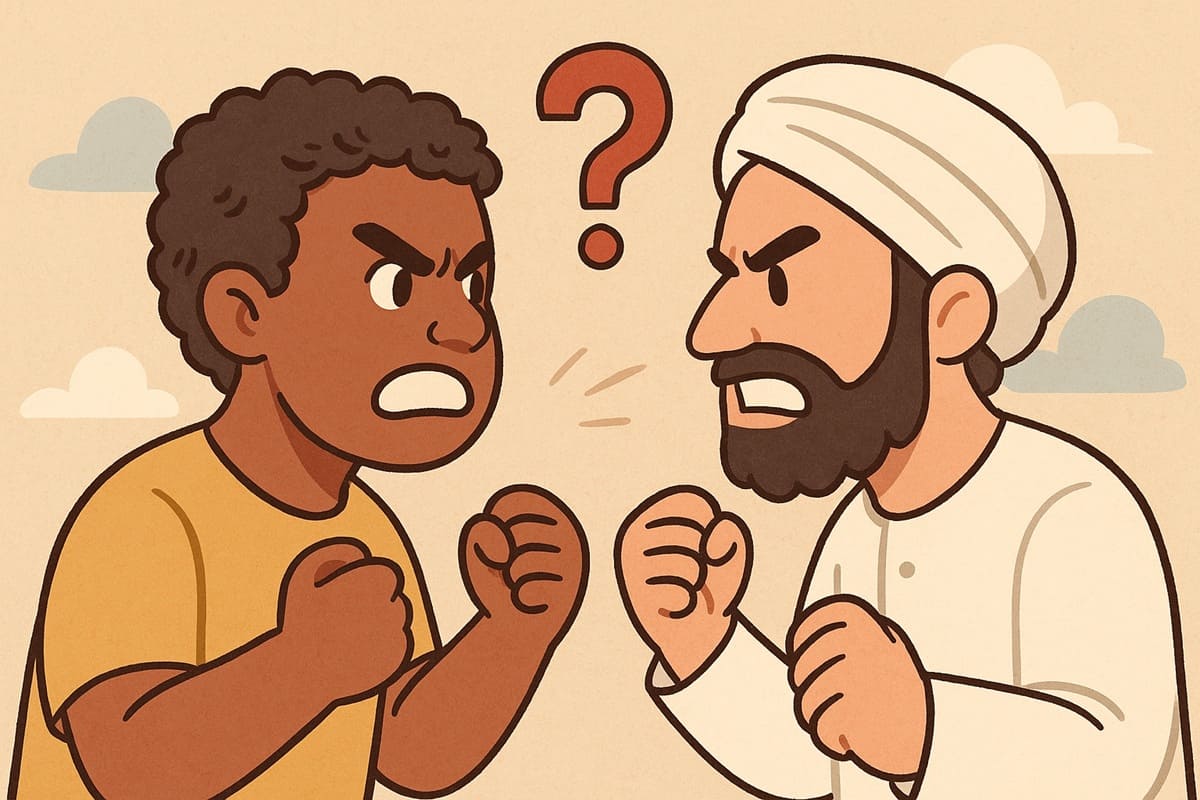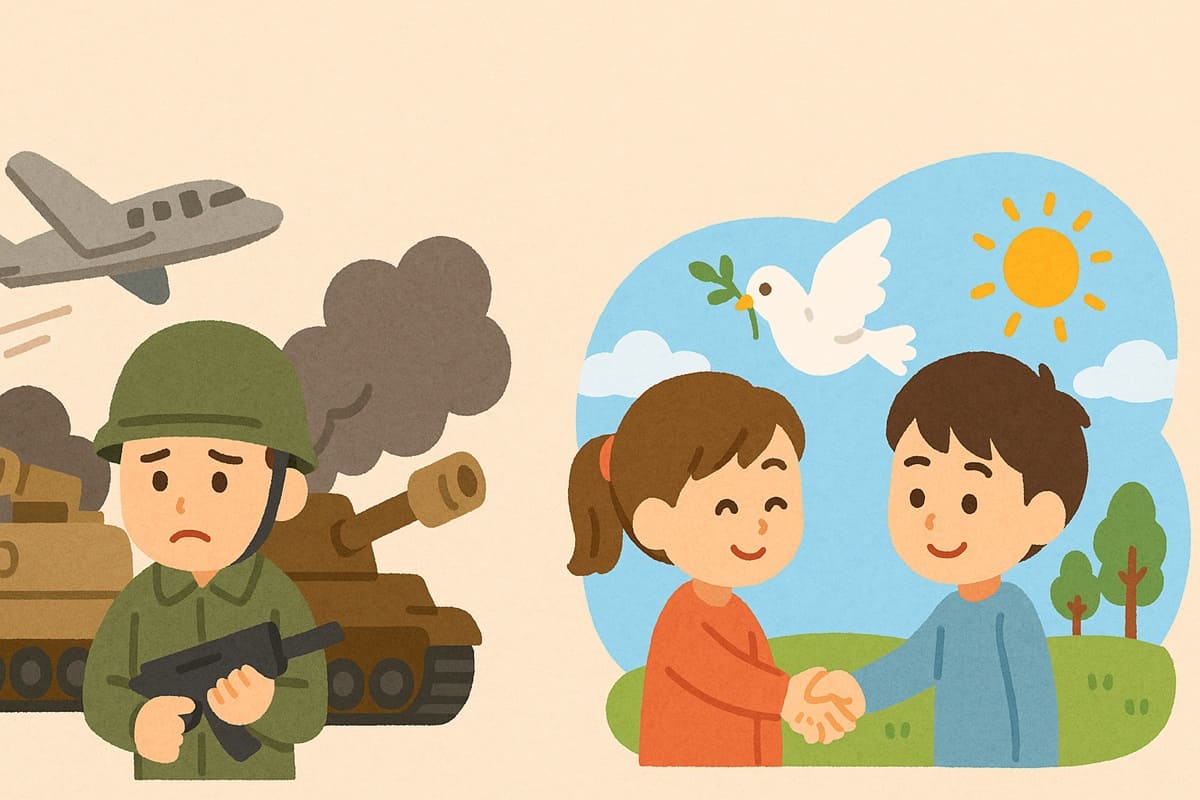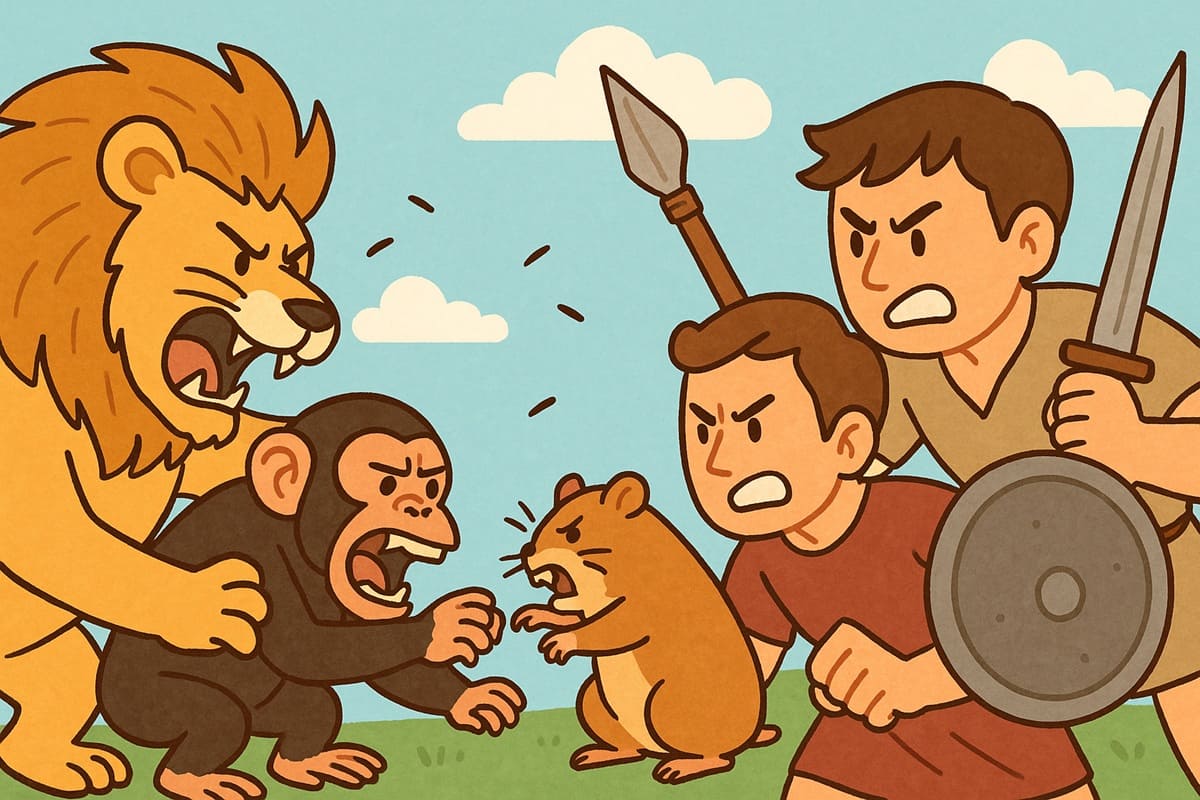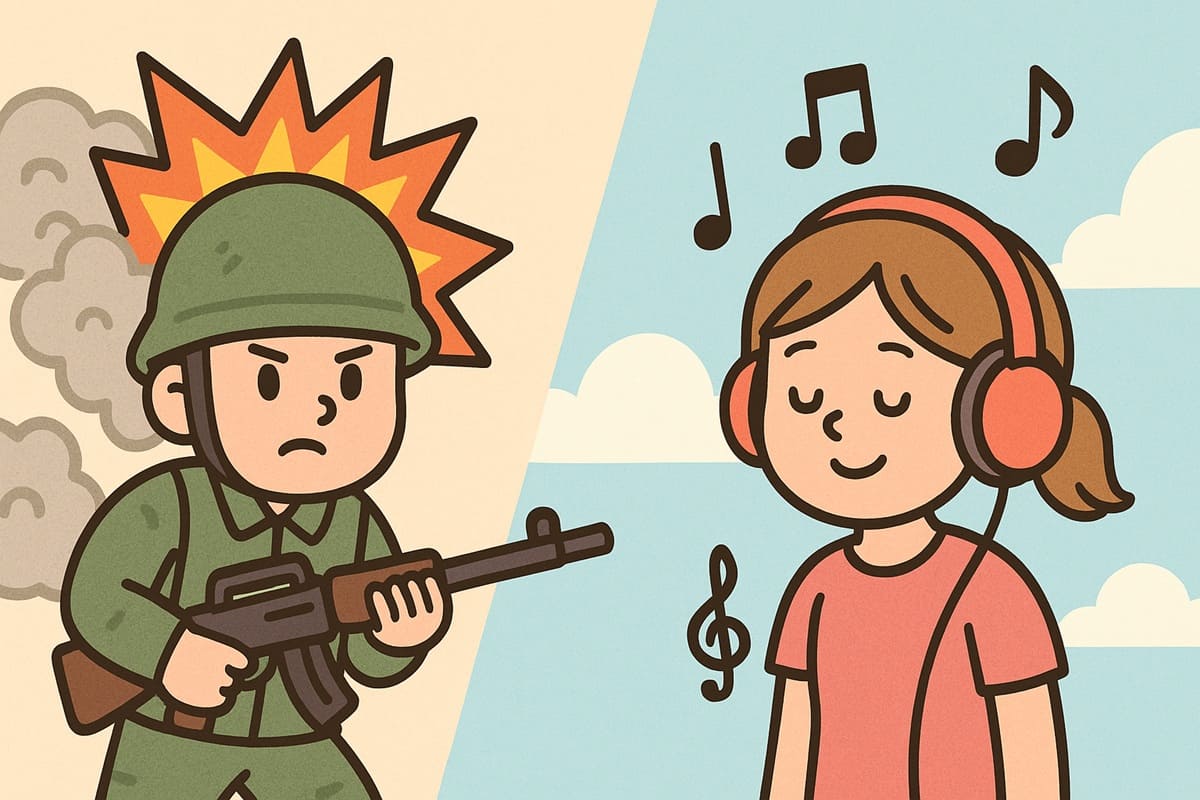How Were Ethnic Groups and Races Born?
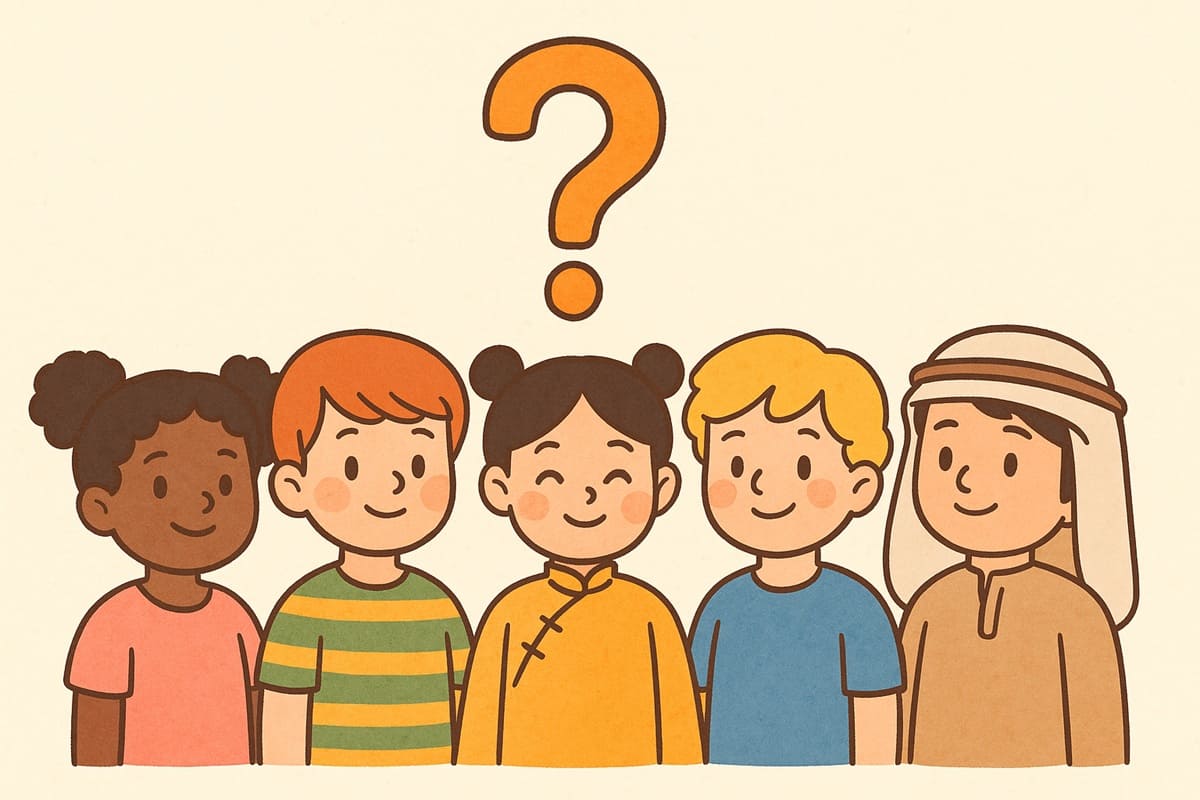
Have you ever heard someone say things like, “People from ○○ are all like this,” or “△△ people have always been our enemies”? There are many different “ethnic groups” and “races” in the world, but how did they come to exist in the first place? And are the differences really that significant?
In this article, we’ll explore the origins of ethnic groups and races from the perspectives of history, genetics, and culture—explained in a way that’s easy to understand.
Did We All Come from the Same Origin?
According to the latest research, modern humans (Homo sapiens) were born in Africa about 200,000 years ago. Around 70,000 years ago, some of these humans left Africa and gradually spread across the globe. This theory is known as the “Out of Africa” theory.
As humans moved and settled in different places, they adapted to the environments and climates they encountered. In areas with strong sunlight, people developed darker skin; in colder regions, they developed thicker body hair and different nose shapes. These physical traits eventually came to be categorized as “races.”
But when we examine our DNA, it turns out that the genetic differences between humans are actually very small. Even though people may look different, we are all fundamentally the same—we are all descendants of the same African ancestors.
“Ethnic Groups” are Made of Culture
So, how did “ethnic groups” come about?
An ethnic group refers to a community of people who share cultural similarities—language, religion, food, clothing, traditions, and values. For example, when we talk about the “Japanese ethnic group,” we generally mean people who speak Japanese and share Japanese culture.
However, the boundaries between ethnic groups weren’t always clear. In fact, in the past, many people didn’t even think of themselves as belonging to a particular “ethnic group.” In medieval Europe, for instance, you wouldn’t find people calling themselves “French” or “German” in the way we do today. You might have had farmers who spoke French and nobles who spoke German, all living very different lives.
So why did the idea of ethnic identity come about?
Were “Ethnic Groups” Created in the Modern Era?
In the 18th and 19th centuries, the concept of the “nation-state” started to emerge in Europe. This was the idea that each country should consist of a single ethnic group. As a result, governments began promoting the idea that “you all belong to the same people.”
During this time, old myths, folktales, and traditional events were rediscovered and redefined as “ethnic culture,” and stories emphasizing shared history were created. This is how the idea of a unified “ethnic group” spread to more and more people.
In other words, it wasn’t that ethnic groups naturally formed on their own. Rather, the belief and imagination that “we are one people” helped create the idea of ethnic groups.
Are “Races” and “Ethnic Groups” Really So Different?
Disputes and conflicts are often blamed on differences between races or ethnic groups. But are these differences really that big?
Scientifically, the genetic differences between humans are less than 1%. Differences in skin color, eye shape, language, or religion are mostly the result of environmental and cultural factors. For instance, a Japanese American living in the U.S. may think and live very differently from a person living in Japan—even though they are considered part of the same ethnic group.
In short, even people from the same ethnic group can be very different, and people from different groups can have a lot in common.
Why Do People Fight Over These Differences?
Still, you sometimes hear people say, “That group is our enemy,” or “That race can’t be trusted.” This is because humans have a tendency to separate “us” from “them.”
From long ago, humans have often felt uneasy or afraid about things that are different or unfamiliar. To feel safer, people may label others as “enemies.” But when this fear goes too far, it can turn into prejudice, discrimination, and even war.
Conclusion: We All Come From the Same Place
As we’ve seen, differences in race and ethnicity are mostly differences in appearance or culture—not in who we are at our core. Humanity originated from a common root, and the differences we see today are simply the result of changes over time.
That means there is really no reason to fight over these differences.
If we can learn about, recognize, and respect each other’s differences, we can move closer to a more peaceful world. After all, we’re all living together on the same planet.
Main References
- Anderson, B. (1991). Imagined communities: Reflections on the origin and spread of nationalism. Verso.
- Hobsbawm, E., & Ranger, T. (Eds.). (1983). The invention of tradition. Cambridge University Press.
- Smith, A. D. (1986). The ethnic origins of nations. Blackwell.
- Pagani, L. et al. (2016). Genomic analyses inform on migration events during the peopling of Eurasia. Nature, 538(7624), 238–242.
